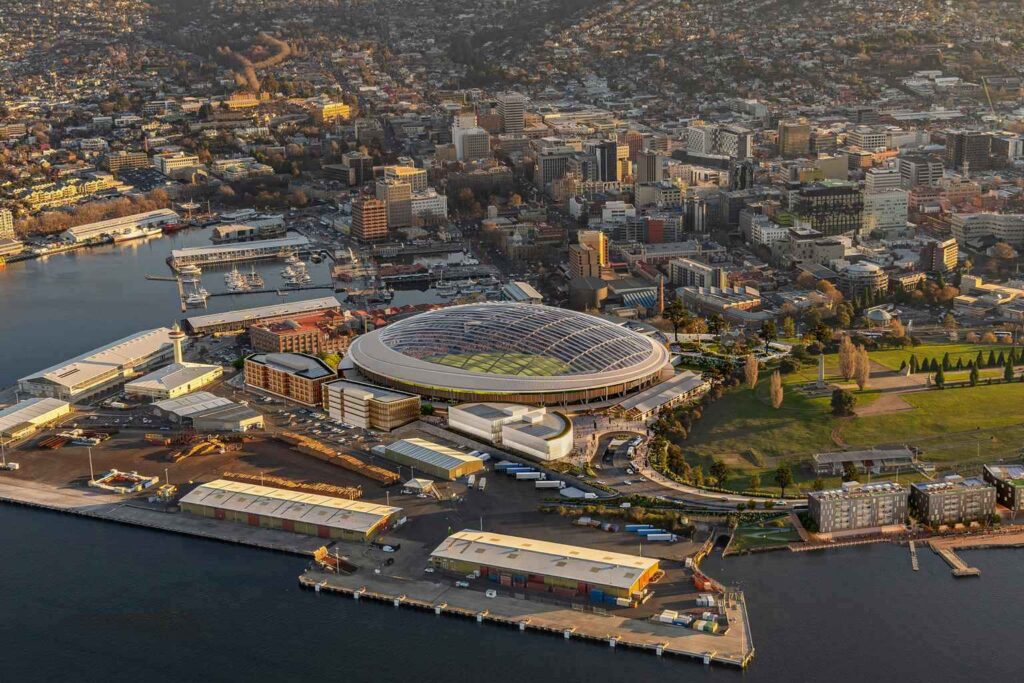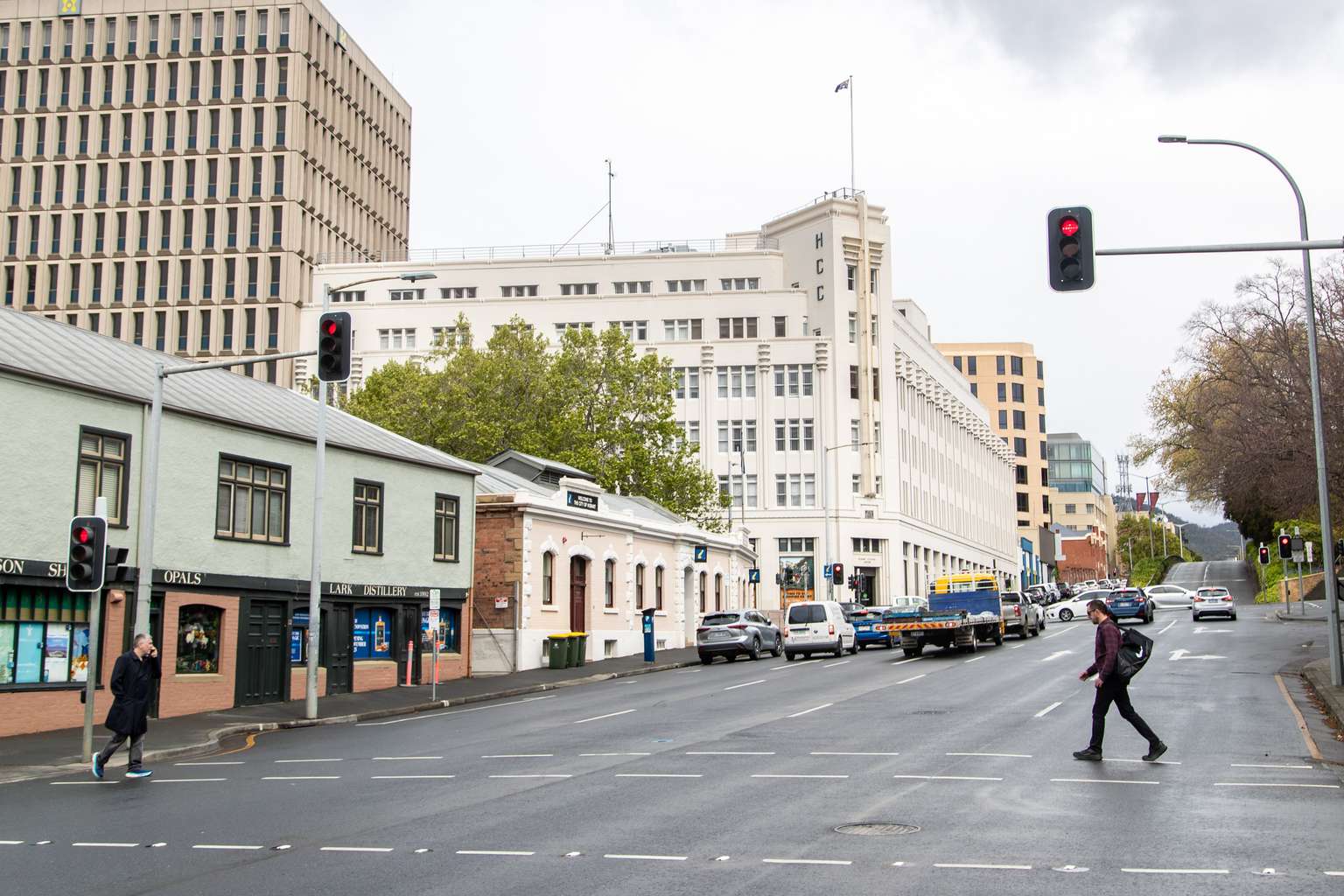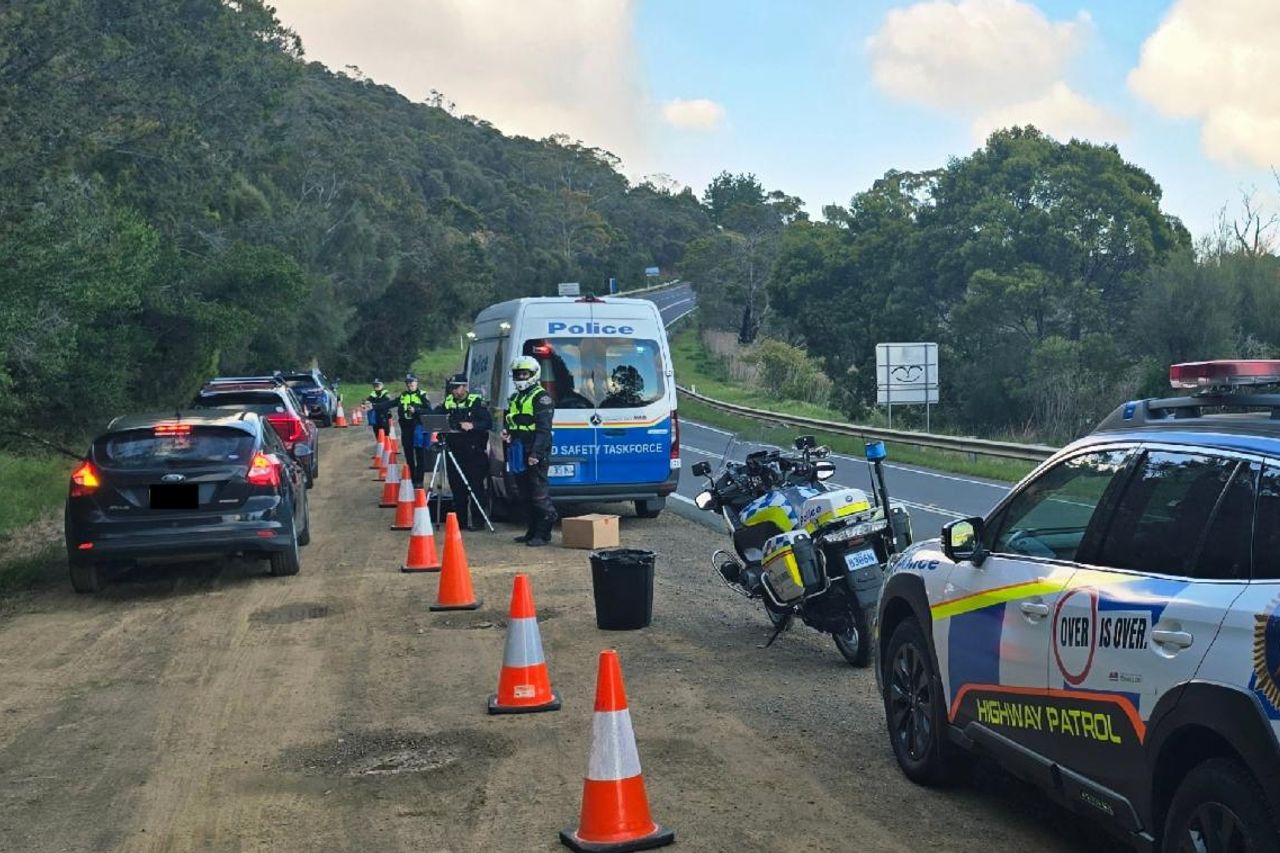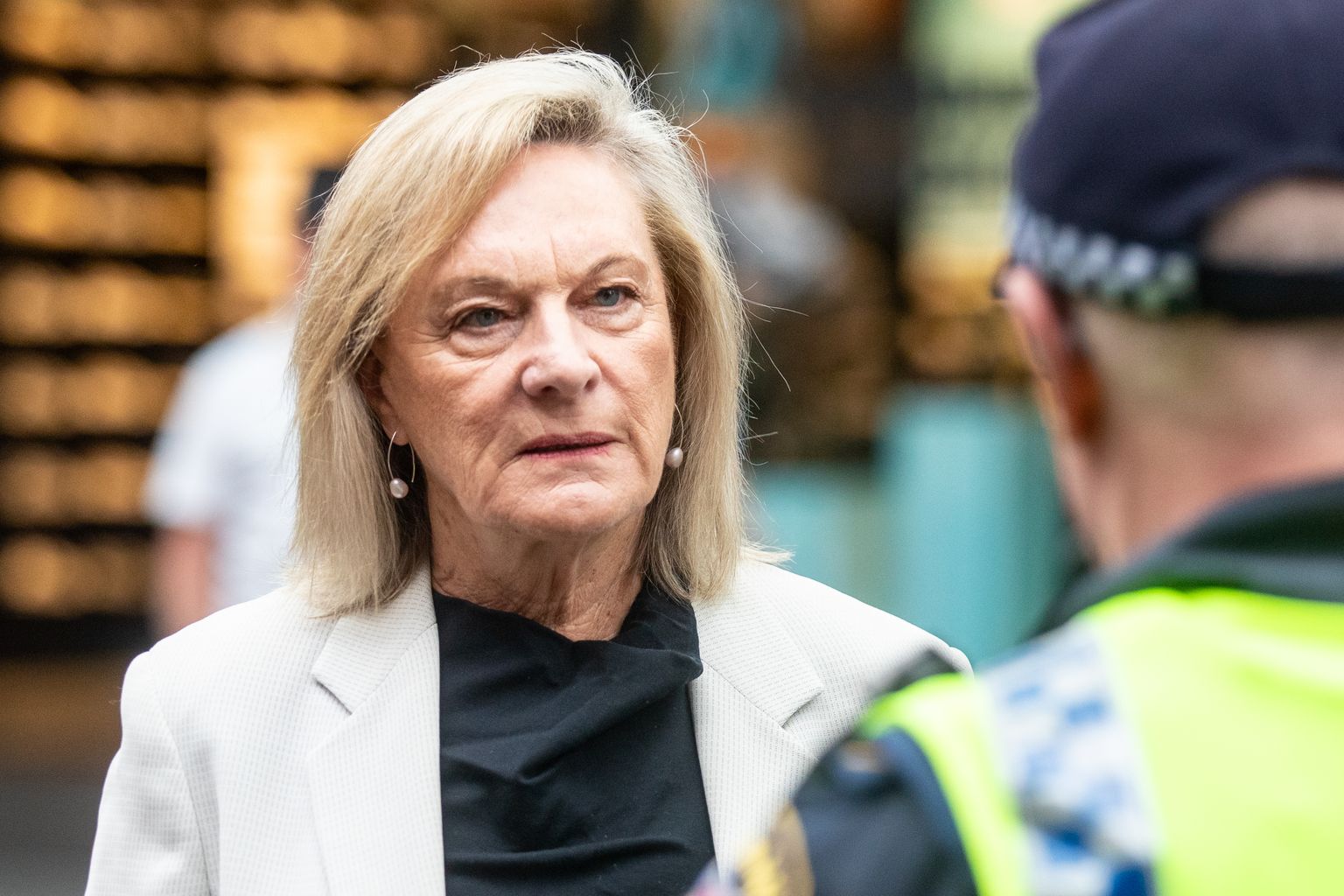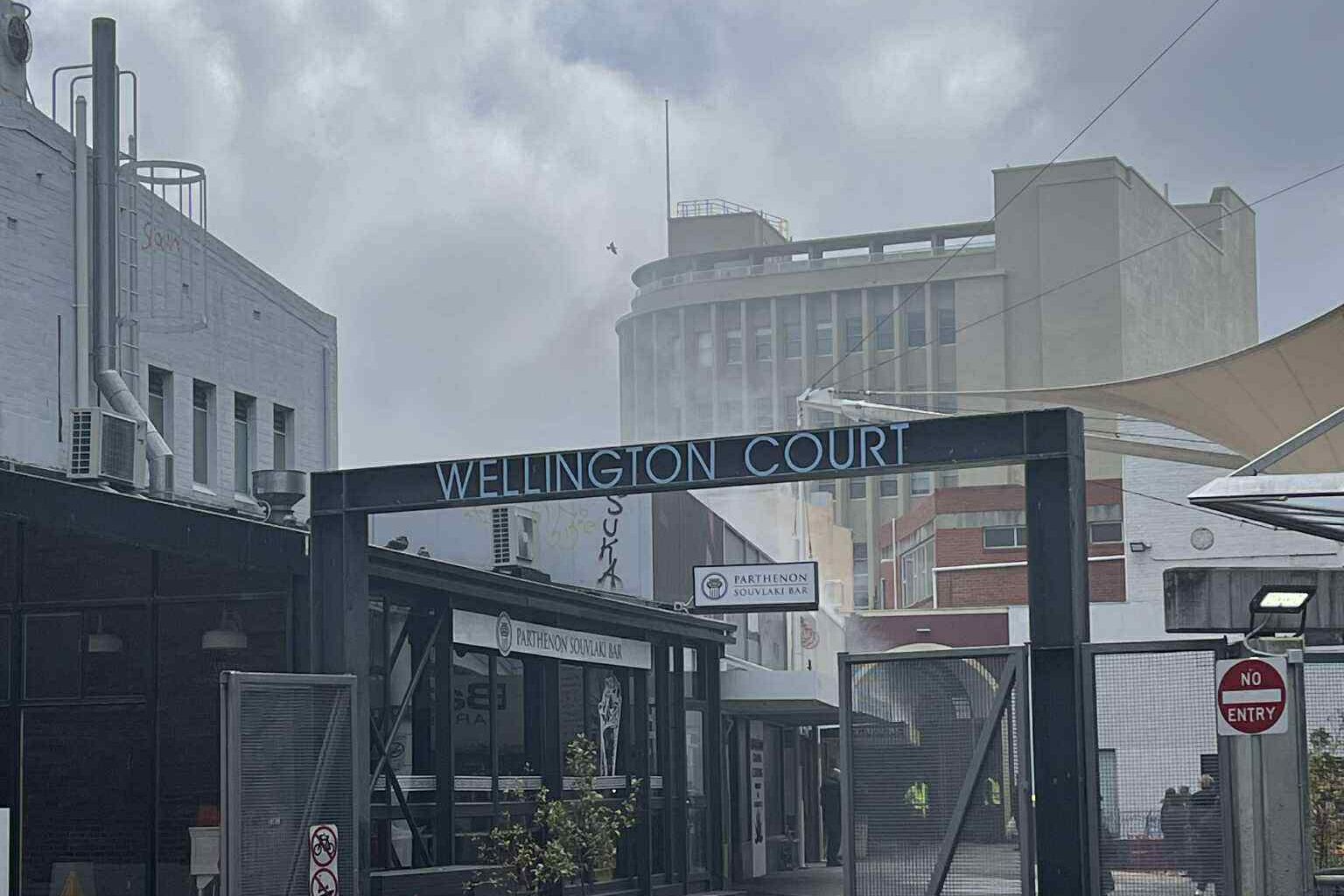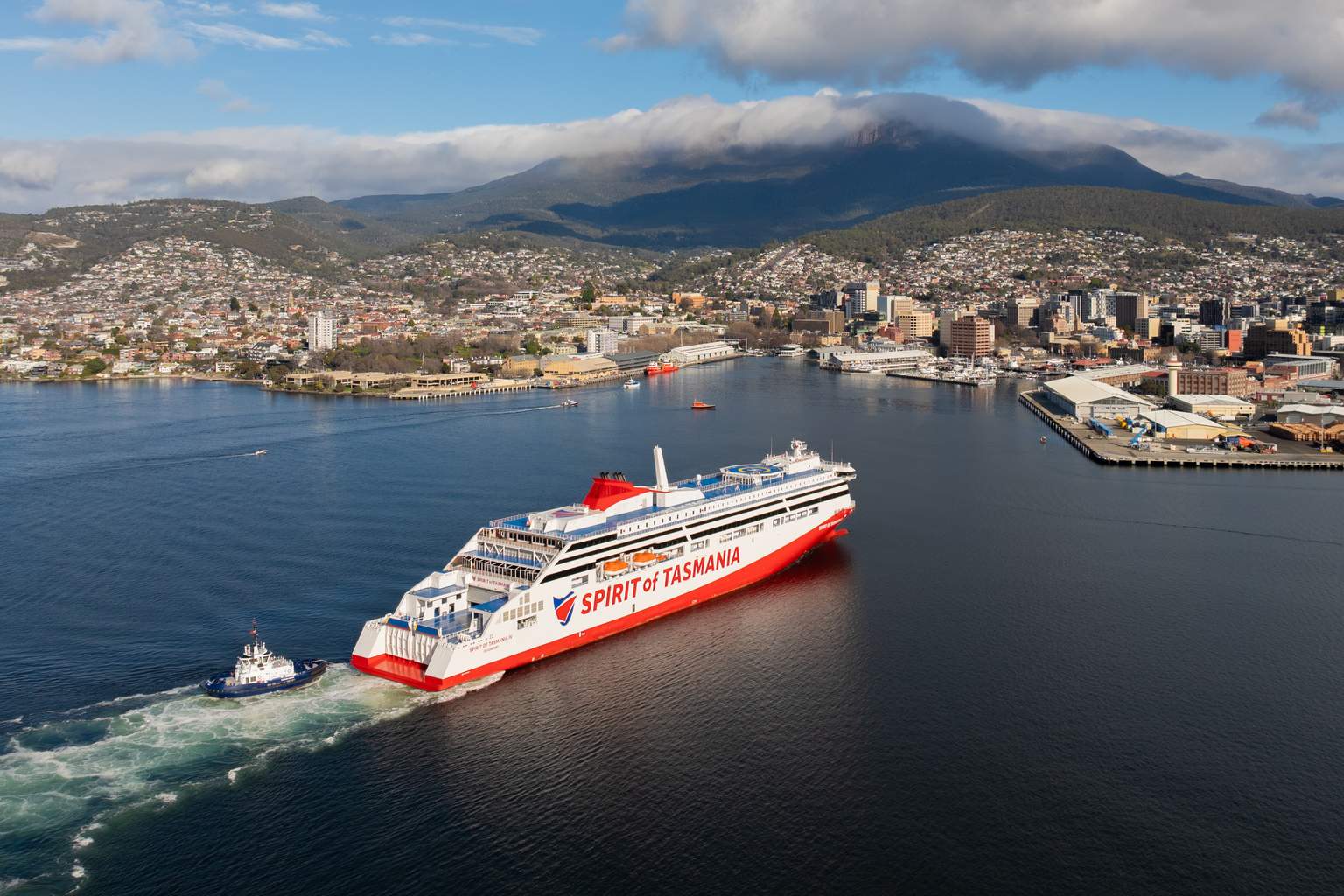The Tasmanian government has mounted a sweeping defence of its $1.13 billion Macquarie Point stadium, rejecting the state planning watchdog’s recommendation to scrap the project.
In a response released today, the government says the waterfront stadium would create thousands of jobs and secure the state’s long-awaited AFL team.
It said that makes it a risk worth taking – despite ongoing concerns about costs and heritage impacts.
“It’s time to get on with the job,” the response states.
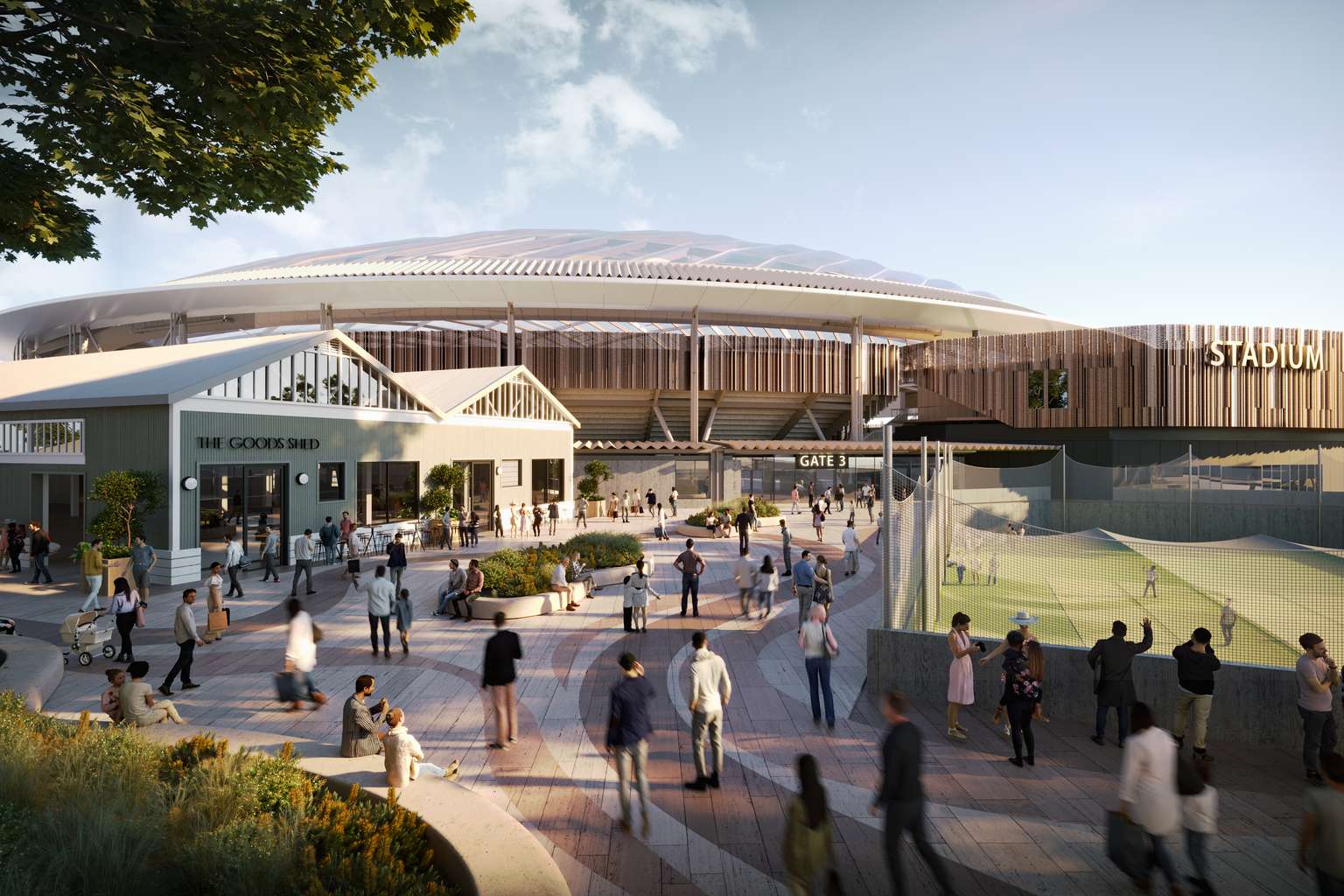
The Tasmanian Planning Commission had urged against the project, citing doubts over its economic viability, visual impact on Hobart’s heritage waterfront and a cost-benefit analysis that found questionable value for money.
But the government’s response claims the commission’s modelling overlooked less tangible benefits – such as community pride, youth retention and the growth of an elite sports industry in Tasmania.

Central to the government’s case is the stadium’s role in securing the Tasmania Devils’ AFL licence.
The 23,000-seat venue is a non-negotiable condition of the deal.
“Without the stadium, there is no team,” the response states bluntly.
The Tasmania Devils already boast 211,000 members – the largest membership base of any AFL club – and the government argues walking away would inflict “immense” reputational damage on the state.
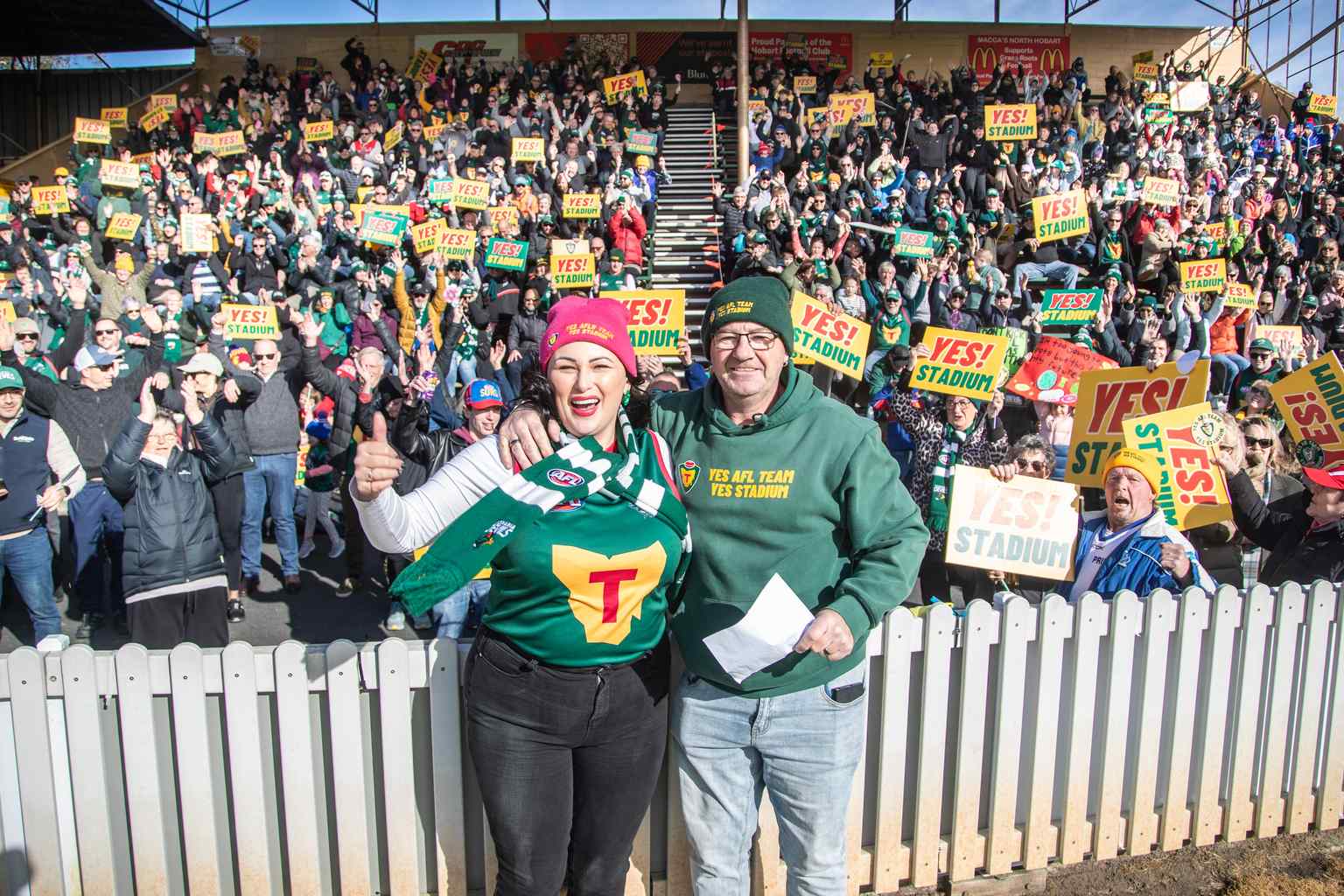
Economic modelling projects the stadium will generate between 1,510 and 3,229 jobs during construction, with up to 276 ongoing positions once operational.
The venue is expected to host more than 300 events annually and deliver a $2 million operating surplus each year on average.
The stadium is projected to attract 104,000 interstate and overseas visitors annually, along with 184,000 intrastate visitors.
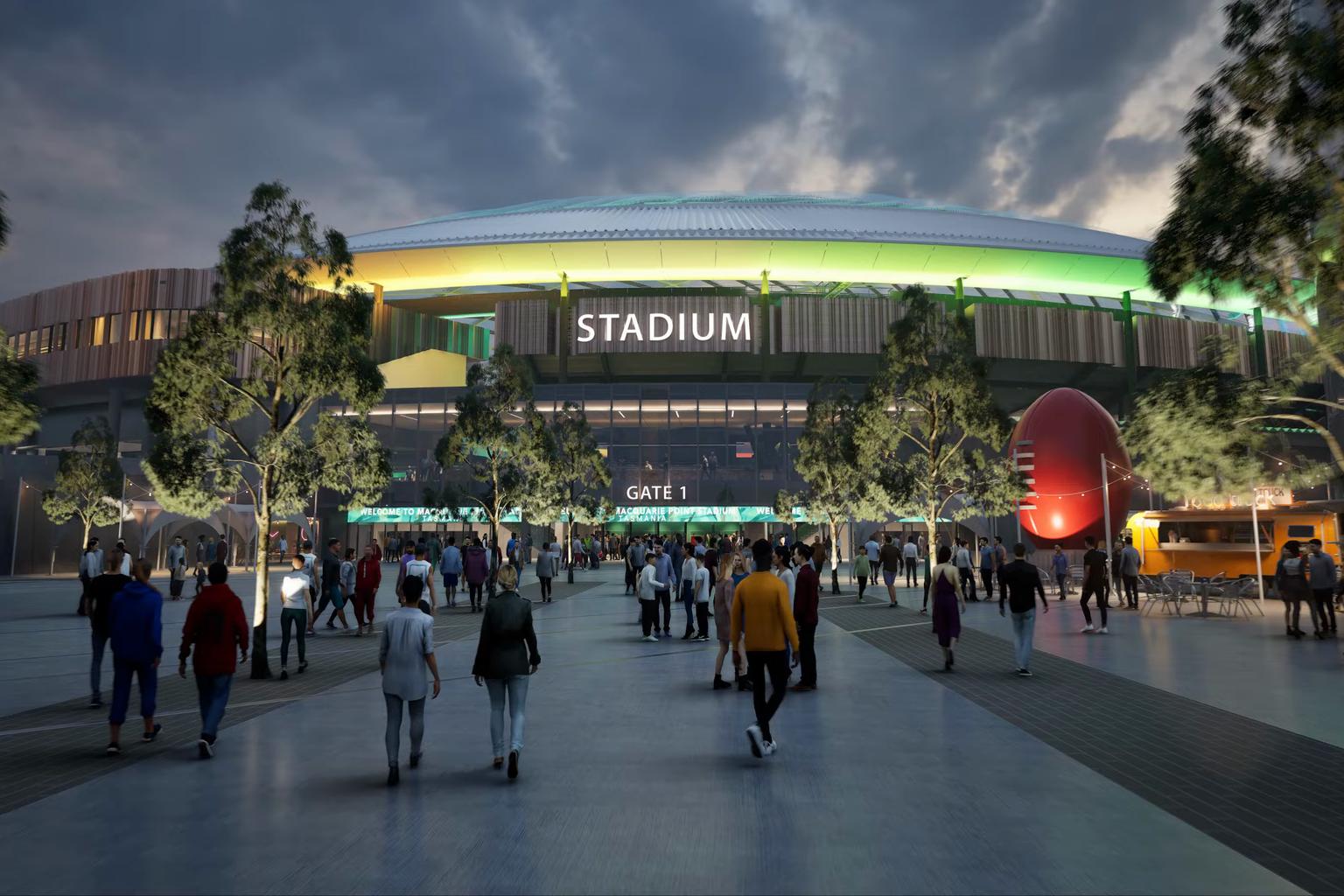
An analysis commissioned by the Office of the Coordinator-General found the stadium will generate demand for an additional 254 hotel rooms – equivalent to a new large hotel the size of the Crowne Plaza.
The project’s price tag has ballooned from an initial estimate of $715 million to $1.13 billion, with the government attributing the increase to design refinements, construction delays and the addition of a client contingency fund.
An additional $75.9 million will be needed for a northern access road, with an optional 374-space car park estimated at $97 million.
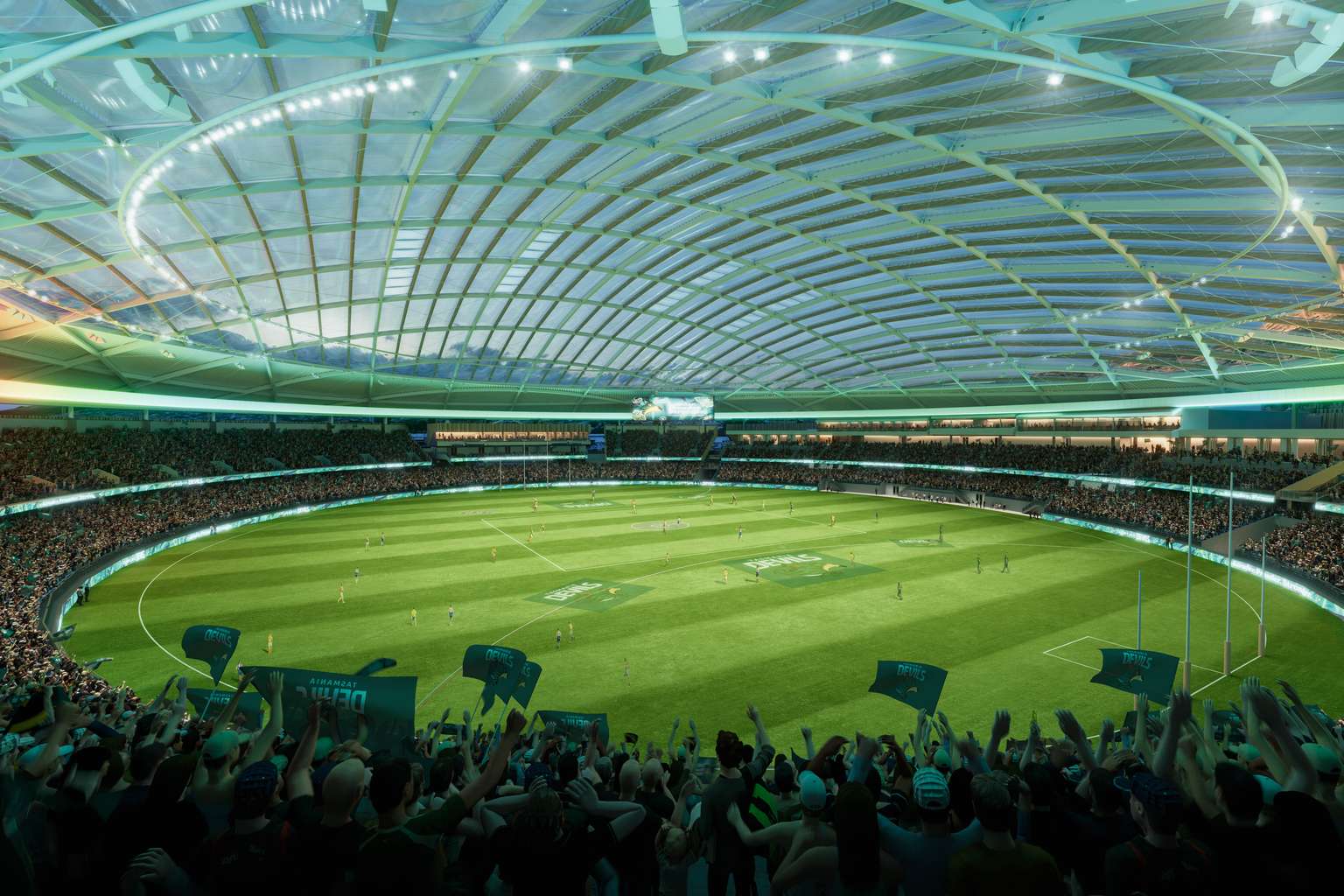
The federal government has committed $240 million to the broader Macquarie Point precinct, while the AFL will contribute $15 million directly to the stadium and $360 million to Tasmanian football more broadly.
Minister for Macquarie Point Urban Renewal Eric Abetz said the commission had found all technical challenges – including traffic, parking and noise – could be managed.
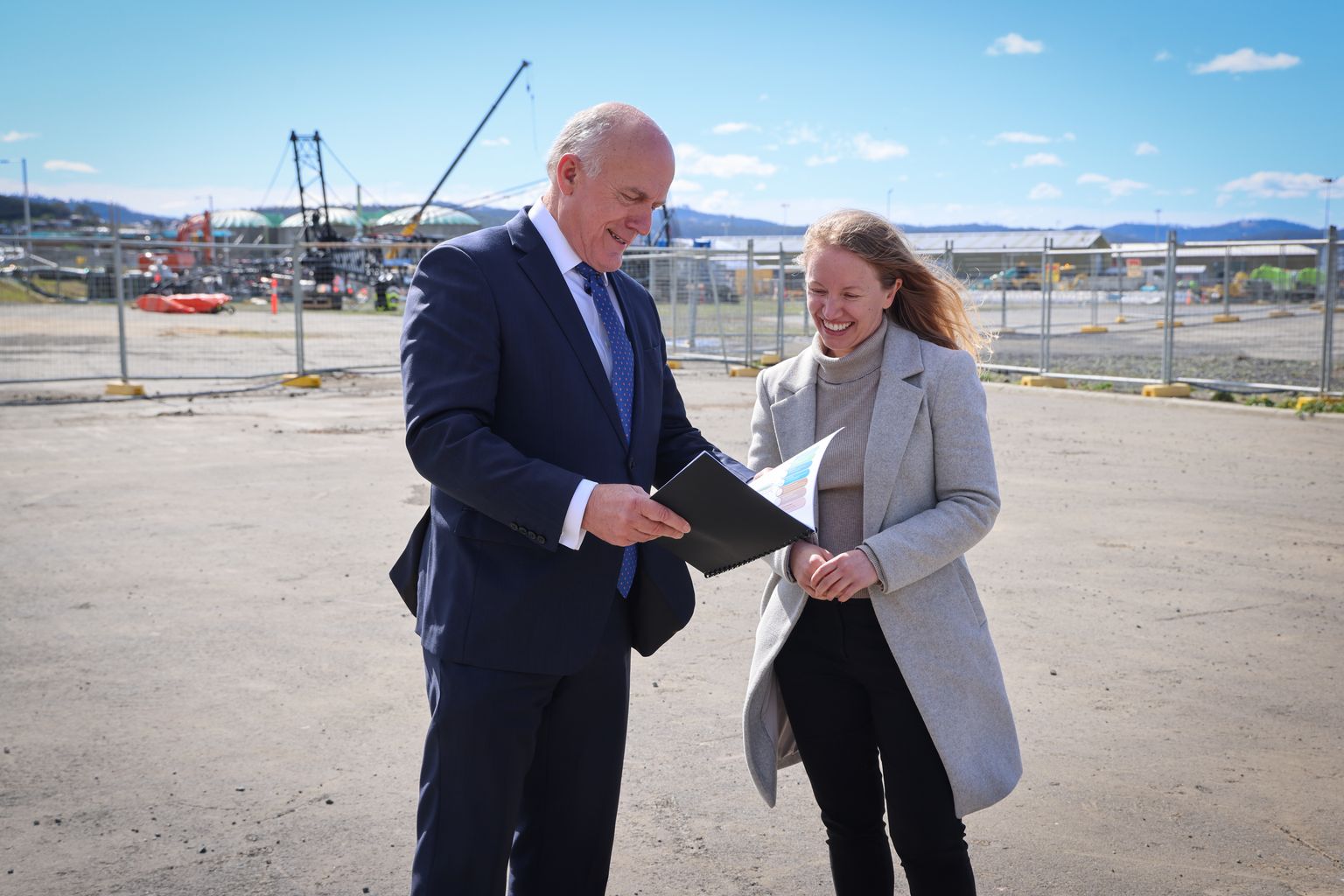
“In the government’s view, what is left are matters of opinion and choice,” the response states.
The stadium’s 190-metre clearspan roof would be the world’s largest over a natural grass oval, with its 49-metre internal clearance designed using ball-tracking data to ensure cricket balls won’t strike the roof.
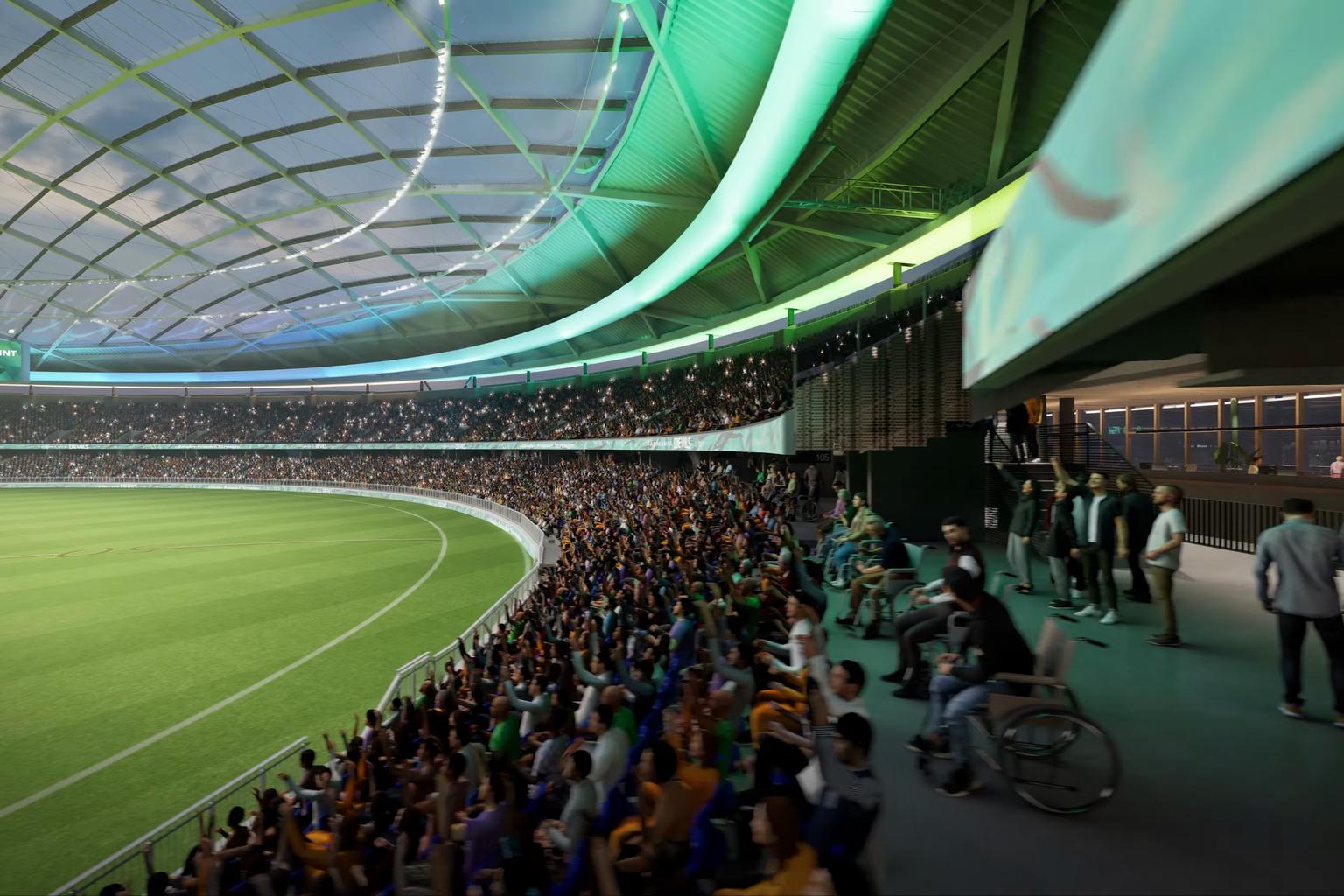
The all-weather design has attracted international attention, with England’s cricket board reportedly interested in similar technology.
Cricket Tasmania CEO Dominic Baker is quoted in the response as saying his organisation was “ploughing forward as if the stadium is happening”.
The government acknowledges the stadium will have visual impacts on Hobart’s waterfront but argues it will “contribute to the city’s visual richness rather than diminishing its character”.
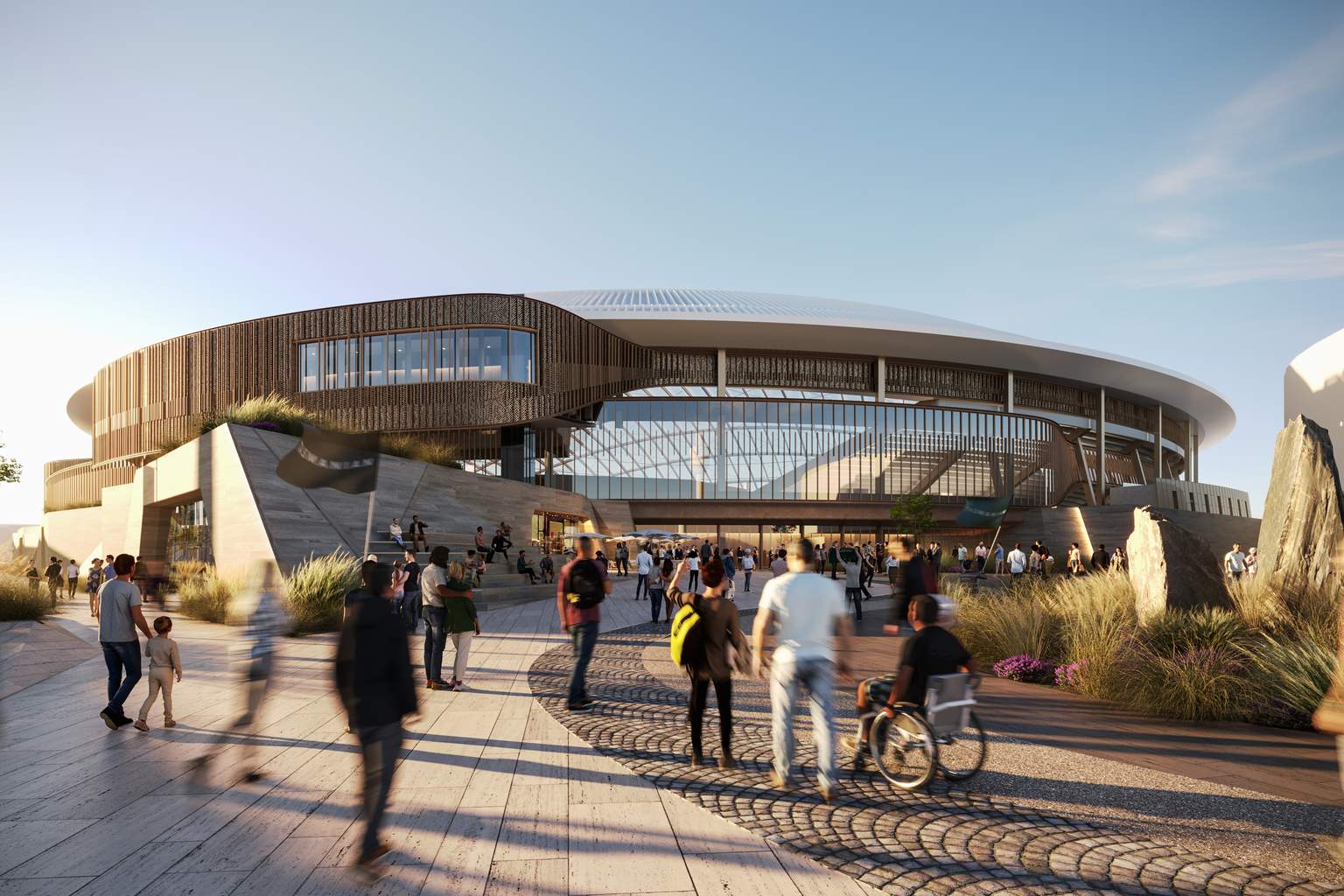
Only one heritage site – the Hobart Railway Goods Shed – will be directly affected. It will be relocated and integrated into the stadium’s design.
The project now requires parliamentary approval to proceed.
The government has referred it to the Parliamentary Standing Committee of Public Accounts for ongoing scrutiny of costs and timelines.

